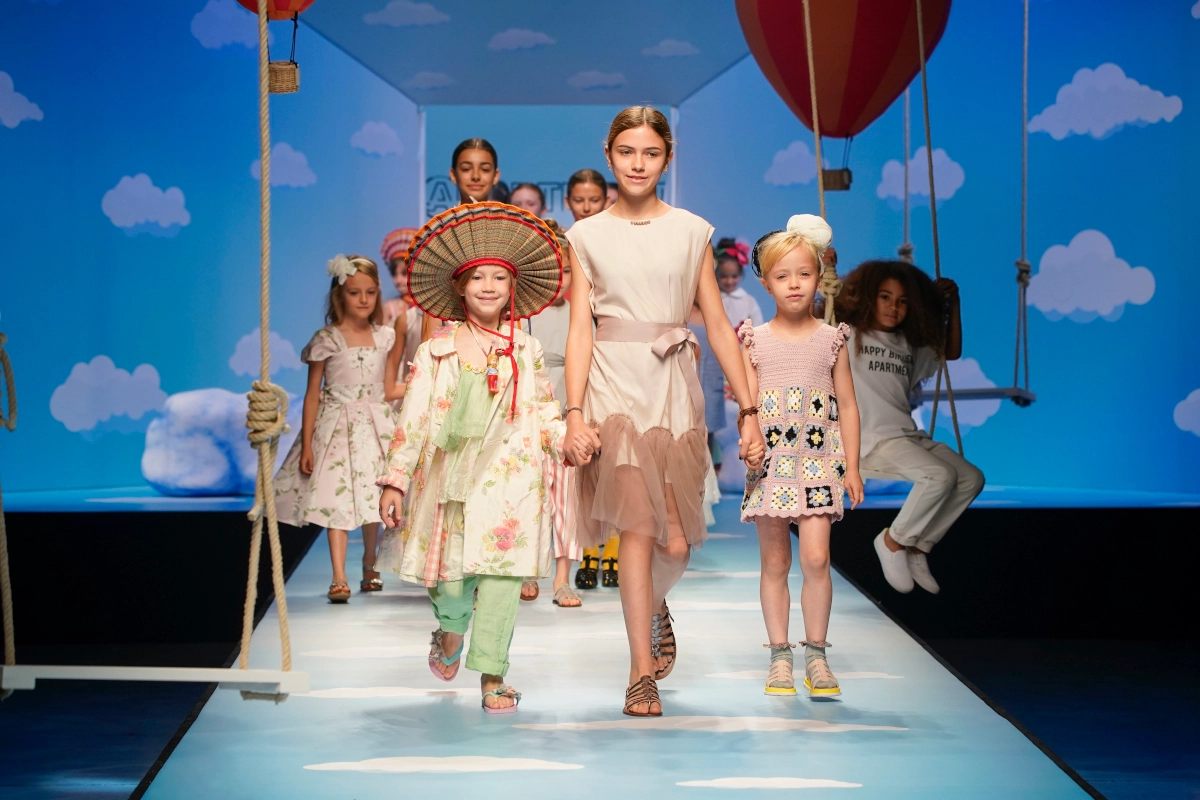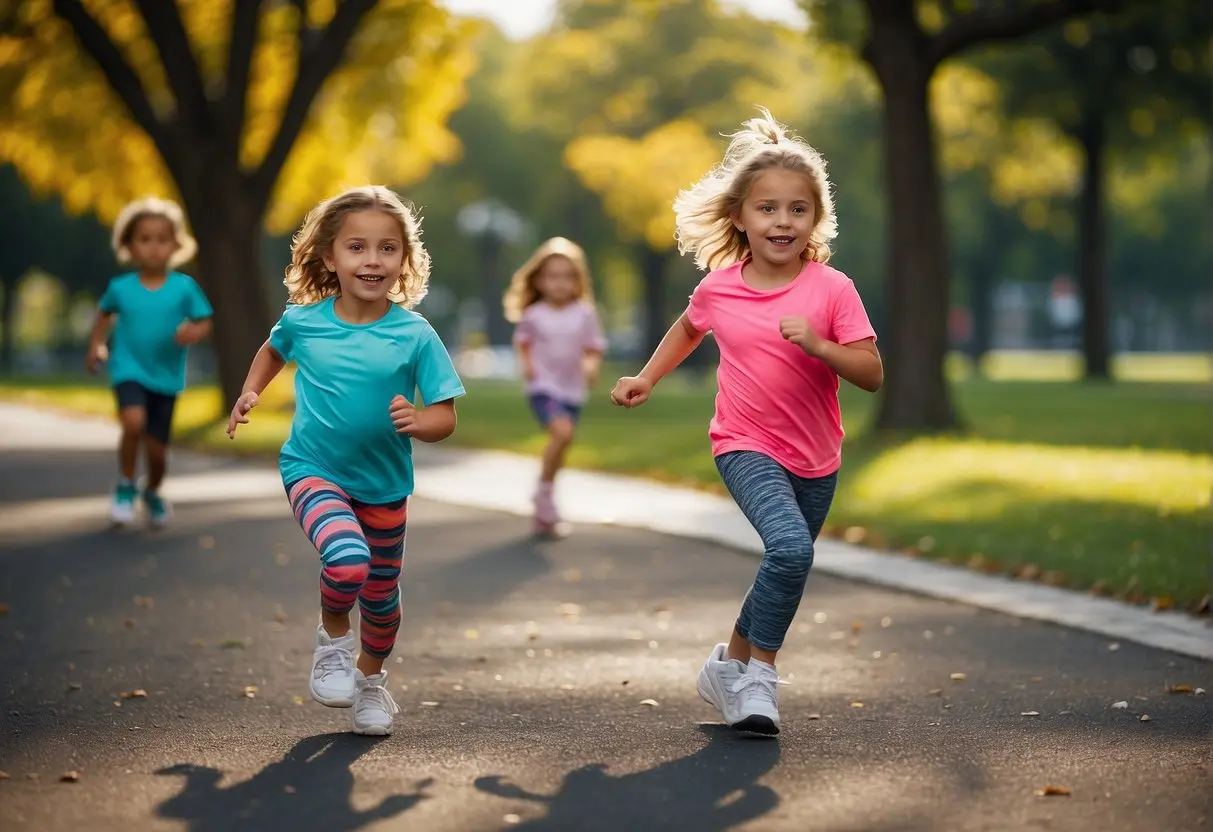When it comes to expressing cultural richness and diversity, clothing speaks volumes. For children, this is especially true, as their attire can serve as more than just functional pieces of fabric; they can be educational tools. Dressing children in culturally significant garments exposes them to different aspects of global heritage, teaching them about the wider world and cultivating an early appreciation for diversity. These outfits also provide a window for other people to understand and respect varying cultural narratives. Even beyond special occasions, such everyday exposure can help instill values of inclusivity and curiosity in the younger generation.
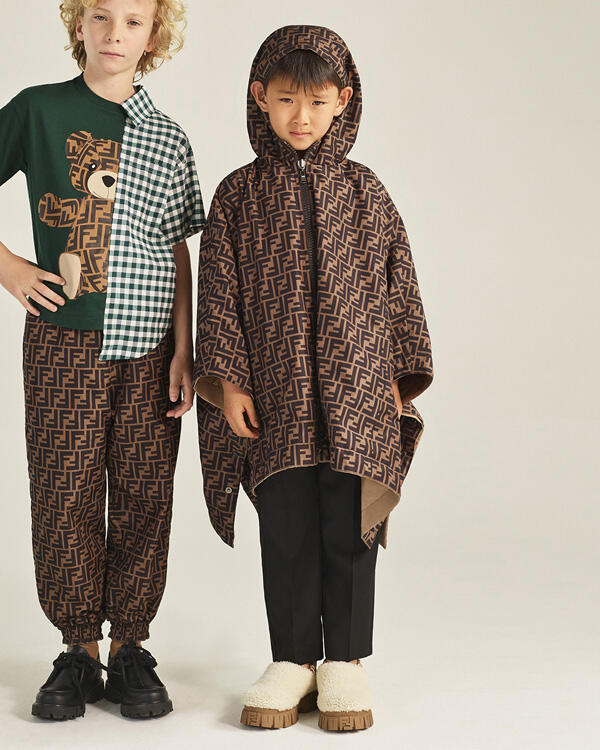
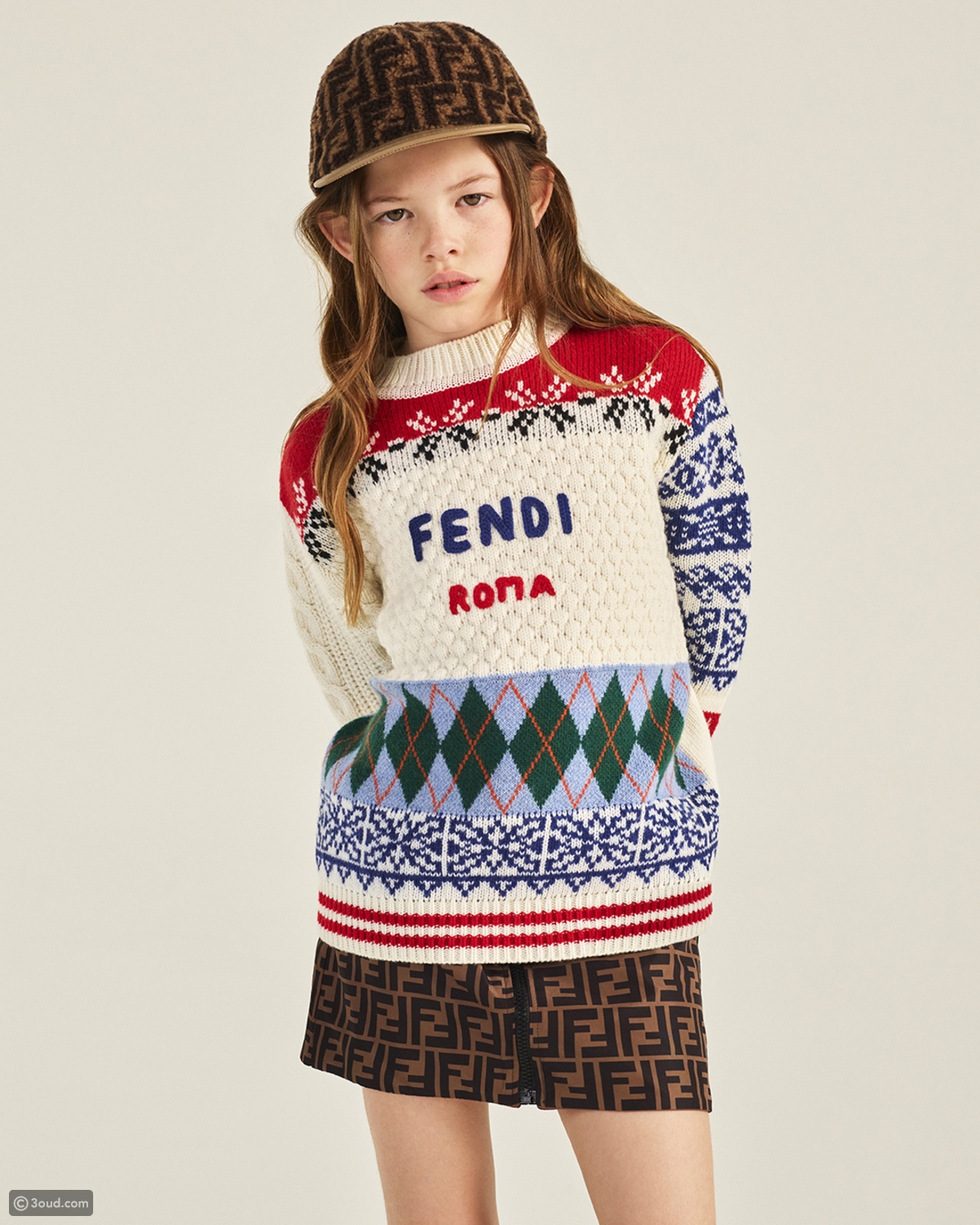
Kimonos from Japan: A Tapestry of Tradition
The kimono is not just an adult’s garment; children also don these elegant robes during ceremonies and holidays in Japan. Young ones wear kimonos for special occasions like the Shichi-Go-San festival, a rite of passage for three, five, and seven-year-olds. Intriguingly, the specific age numbers are chosen because they are considered lucky in Japanese culture. The history of the kimono dates back over a thousand years, making it one of the most enduring pieces of traditional Japanese attire. Even the fabric used in children’s kimonos has cultural significance; for example, silk is often reserved for formal occasions, while cotton and linen versions are more common for casual wear. The designs on children’s kimonos often include motifs that celebrate youth, such as cherry blossoms, which signify the fleeting nature of childhood, or carp, representing courage and perseverance. The art of wearing a kimono is called “kitsuke,” and it’s often taught to children at a young age, instilling a sense of cultural pride and tradition.
Style Tip: A “jinbei” could be an excellent addition to your child’s wardrobe for everyday wear. Not only is it casual and comfortable, but it also introduces kids to the layering and folding techniques common in traditional Japanese attire, serving as an entry point into the sophisticated world of “kitsuke.”
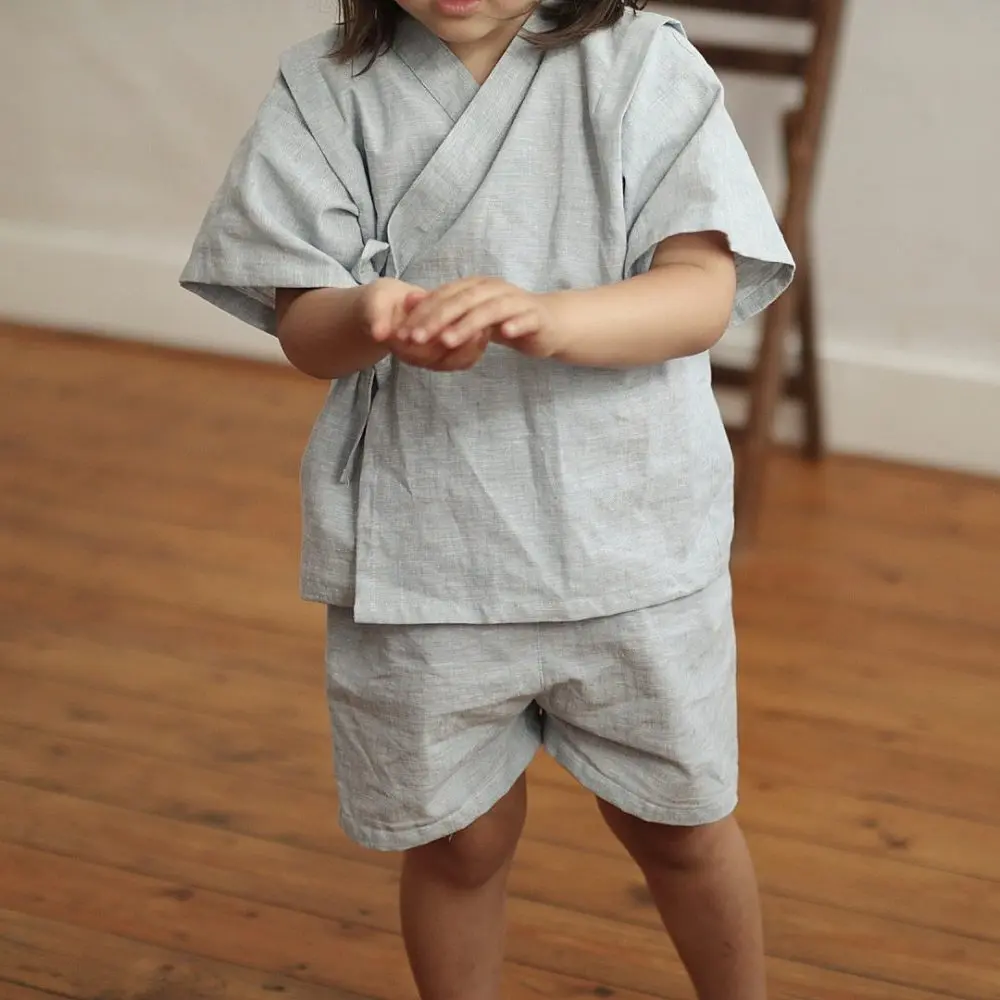
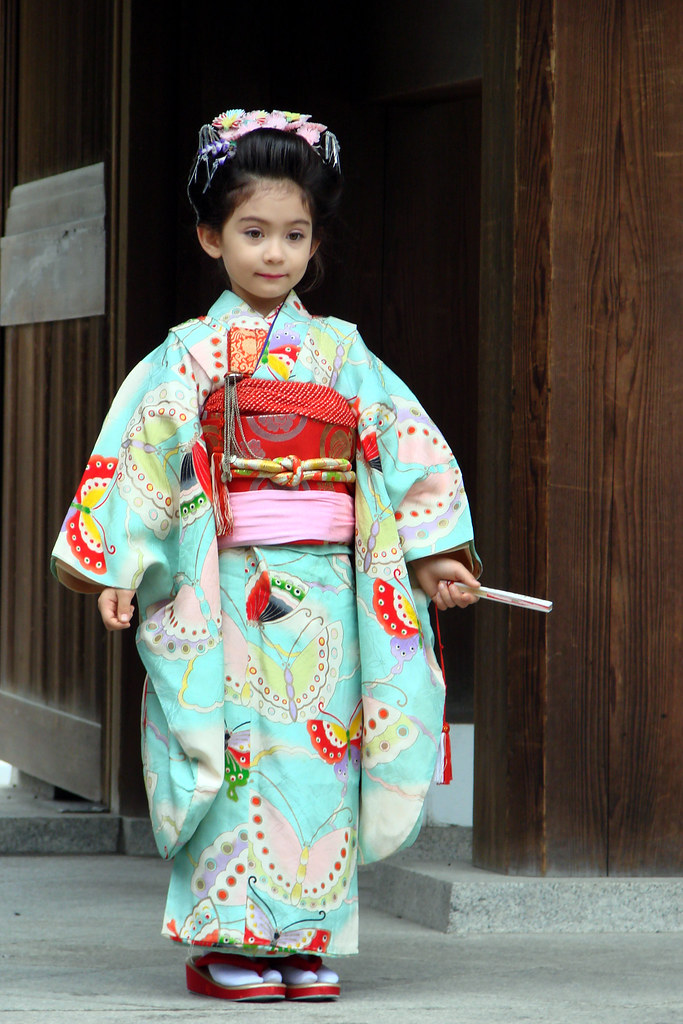
Dashikis from Africa: Colors of the Continent
Dashikis offer a burst of color and patterns, often adorned with symbolic imprints and designs. Originating from West Africa, the dashiki has roots in the Yoruba word “danshiki,” used to describe a workman’s loose-fitting tunic. Over time, the garment has evolved to become a symbol of African culture and heritage. Children’s dashikis are particularly vibrant, reflecting the community’s values and traditions. The colors and patterns are more than just aesthetically pleasing; they often contain intricate symbols known as “Adinkra,” which convey specific meanings or messages. In some regions, the color choices are intentionally made to correspond with life events; for example, blue for love or white for purity. Children wearing dashikis often participate in dances and storytelling sessions, which helps to preserve oral traditions and local folklore. Through these activities, they are initiated into cultural practices that have been passed down for generations.
For the Everyday: Dashiki-inspired t-shirts or dresses can make your child stand out while offering them a connection to African heritage. These garments often utilize modern materials like cotton blends, making them comfortable for everyday wear. This can be a fantastic way for children to learn about the meaning behind each pattern or color, serving as an engaging conversation starter about cultural history and values.
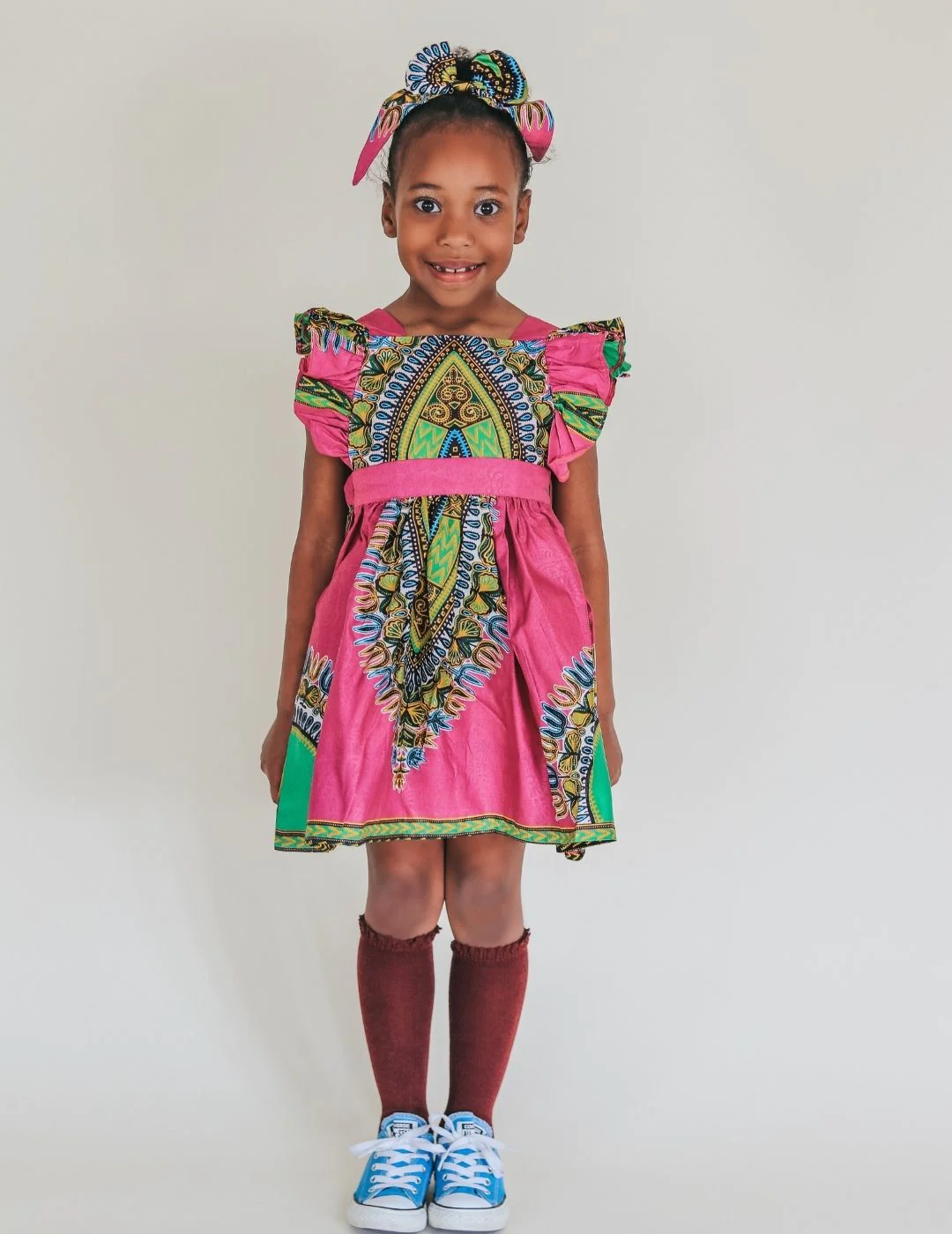
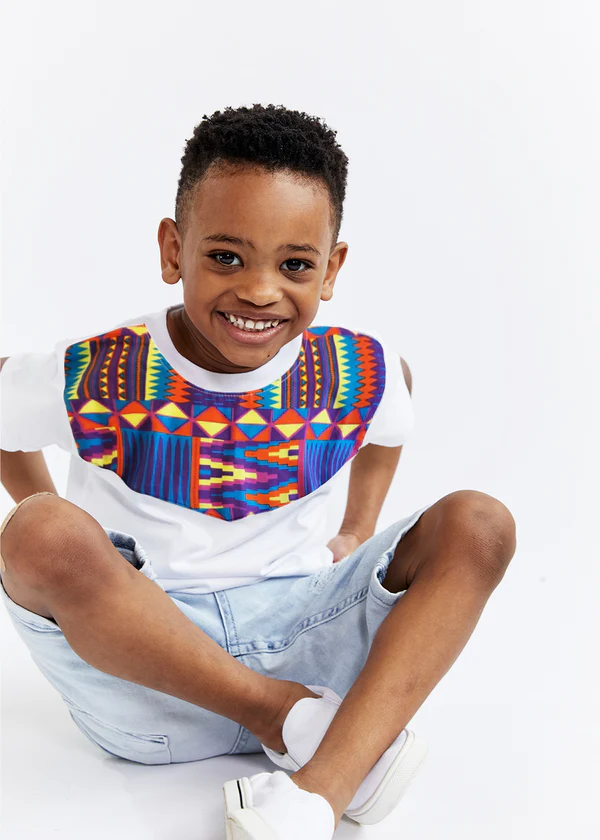
Lederhosen and Dirndls from Germany: Alpine Allure
In Germany, the tradition of wearing lederhosen and dirndls is passed down to even the youngest members of the family. Interestingly, the original purpose of lederhosen was practicality: the durable leather was meant to withstand hard labor. In the 18th century, lederhosen were even considered a status symbol, as quality leather was a luxury few could afford. The dirndl, originally a servant’s dress, has its own rich history; it was adapted into high fashion during the 19th century. These garments have since evolved into iconic cultural attire, capturing the spirit of the Alpine region. Children, particularly in Bavarian regions, are often seen wearing these outfits during local fairs, where traditional dances and games are held. One fascinating detail is that the way a dirndl apron is tied can signal a woman’s marital status: tied on the left for single and on the right for married or engaged, although this is not applicable for children.
Wardrobe Suggestion: To bring a touch of Bavaria to everyday wear, consider shirts or dresses with Alpine patterns or embroidery for kids. Modern adaptations also include adjustable straps and elastic waists for added comfort, allowing children to participate in their daily adventures without any hindrance. This presents an easy way for the younger generation to engage with their cultural roots while staying comfortable and stylish.
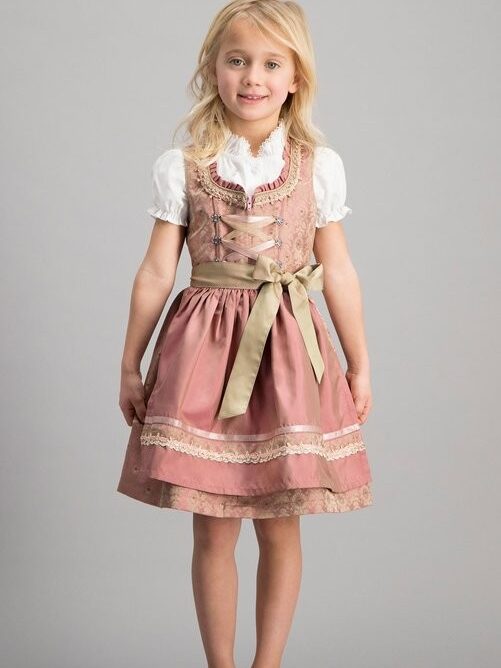
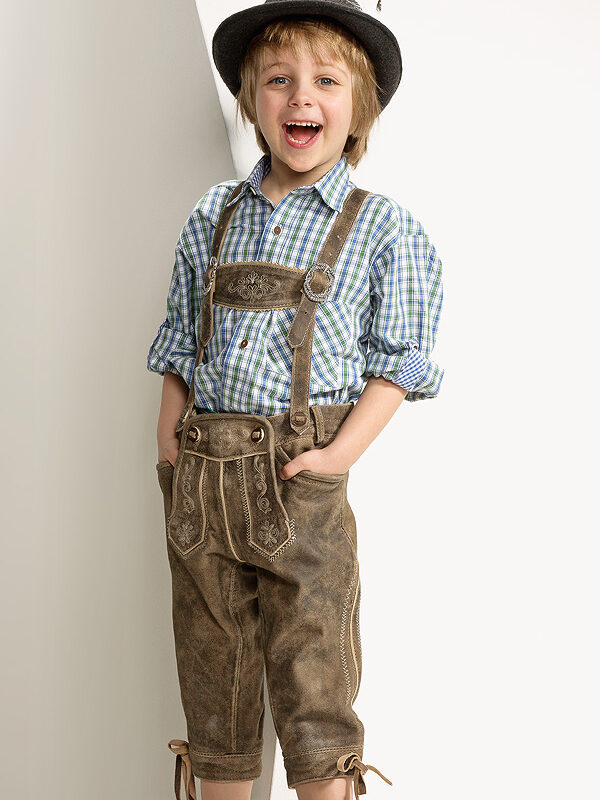
Saris and Kurta Pajamas from India: Threads of Diversity
In India, the rich tapestry of traditional clothing is introduced to children at an early age. For example, during the festival of Diwali, children participate in a “puja,” or ritual prayer, dressed in their finest traditional attire. Interestingly, the art of weaving saris goes back over 5,000 years, and some of the techniques used are passed down from generation to generation. Another fascinating fact is that some traditional Indian textiles have received Geographical Indication (GI) tags, similar to how Champagne is regionally specific to France. Saris for young girls may often be “pre-stitched” to make them easier to wear, removing the complex draping usually involved. Kurta pajamas for boys might feature “chikan” embroidery, a delicate handwork technique from the city of Lucknow, renowned for its intricate needlework. Different regions in India have their own unique styles; for instance, in the southern state of Tamil Nadu, a “veshti” (a type of wraparound cloth) and shirt might be more common for boys.
Simple Swaps: Consider incorporating a comfy cotton “kurta” for boys or a “lehenga” skirt and blouse set for girls into their regular outfits. Cotton is especially popular in India due to its breathability and ability to absorb dyes, making it a practical choice for children’s wear. By doing so, you not only keep them stylish but also make room for stories about Indian festivals, historical weaving techniques, and the unique craftsmanship that varies from region to region.
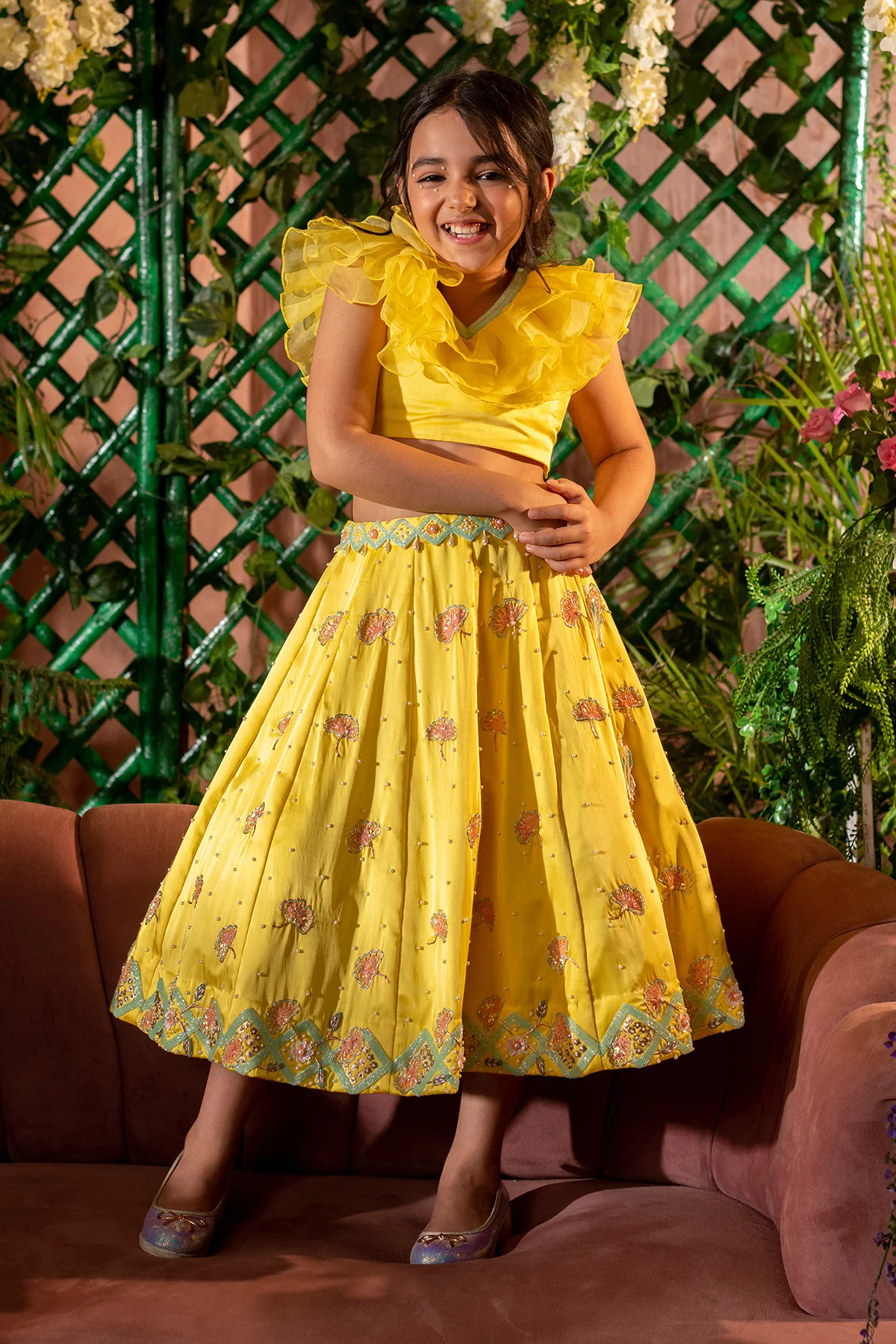
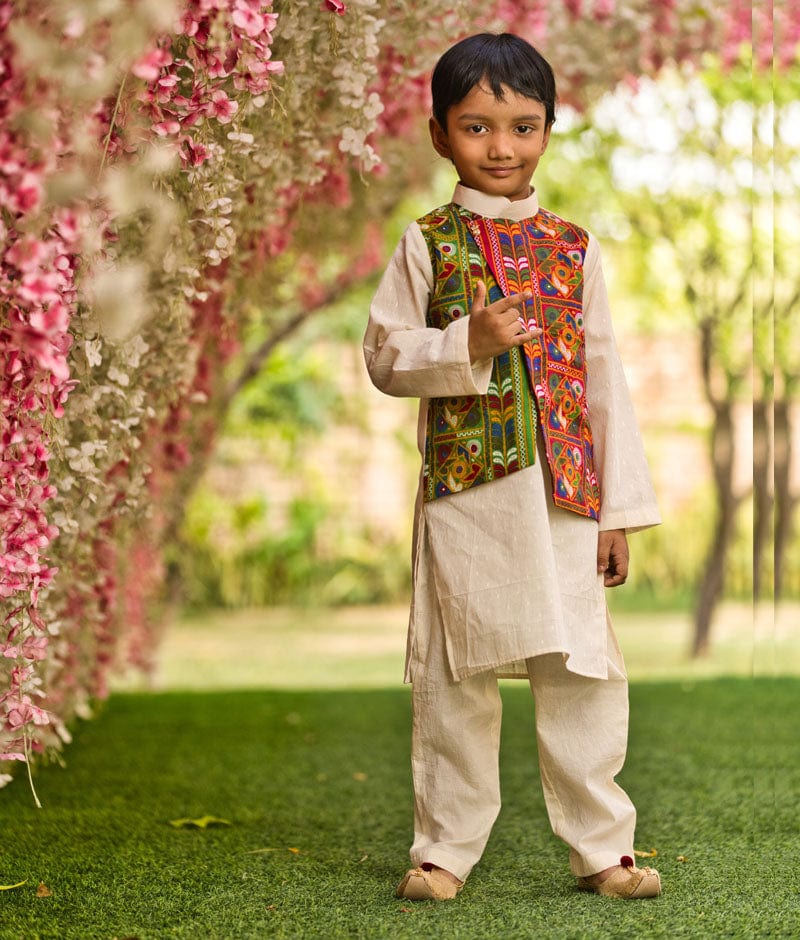
Ponchos from Latin America: The Fabric of the Andes
Ponchos in Latin America carry the essence of indigenous cultures from the Andes Mountains. Originating from this high-altitude region, the poncho has a history that stretches back to pre-Columbian times. Made for both function and symbolism, they served as clothing, blankets, and even saddle covers for Andean people. Children’s ponchos are often made with alpaca or llama wool, which are native to the Andean region. Alpaca wool is not only warmer than sheep’s wool but also hypoallergenic, making it a particularly good choice for children’s sensitive skin. It’s fascinating that the geometric patterns you see on these garments often narrate ancient stories or myths, functioning as a form of wearable art and storytelling. Children wearing ponchos also often engage in traditional music and dance performances, further immersing them in their culture. These performances are not just for entertainment; they are vital in passing down stories, songs, and skills that have been a part of Andean culture for centuries.
Day-to-Day Fashion Note: A lightweight poncho can be both a stylish and functional addition to a child’s outfit. Poncho-style tops offer a modern twist, while still giving a nod to traditional Latin American designs. Incorporating these pieces into your child’s wardrobe can serve as a gateway to discussions about indigenous cultures, the significance of Andean patterns, and the importance of preserving these traditions.
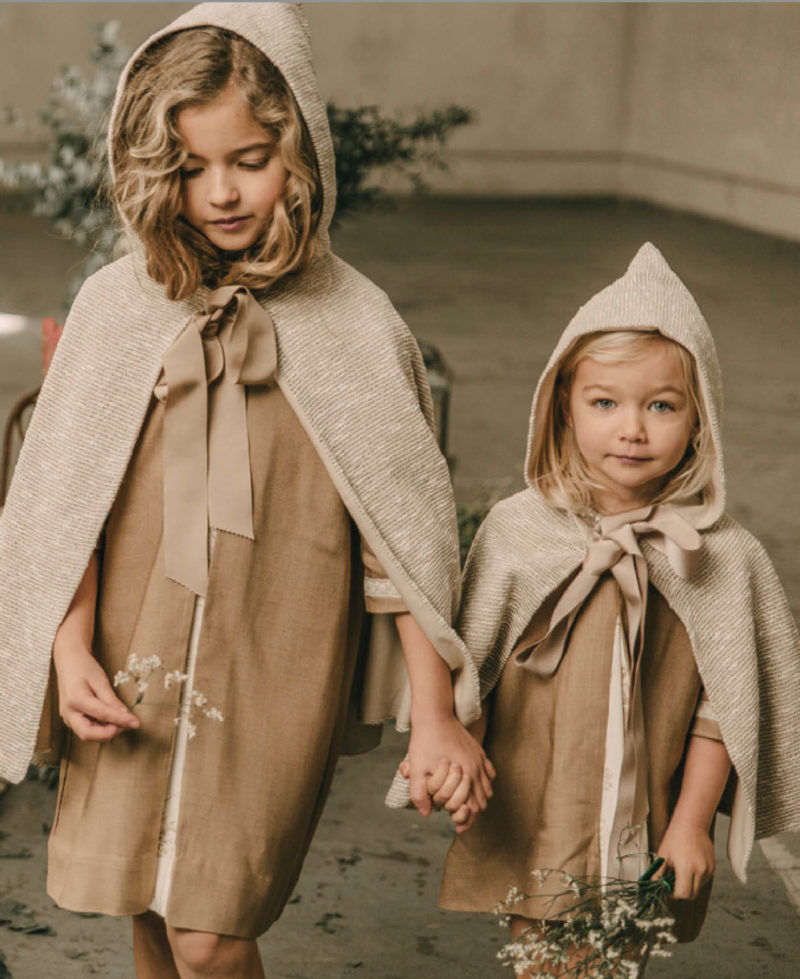
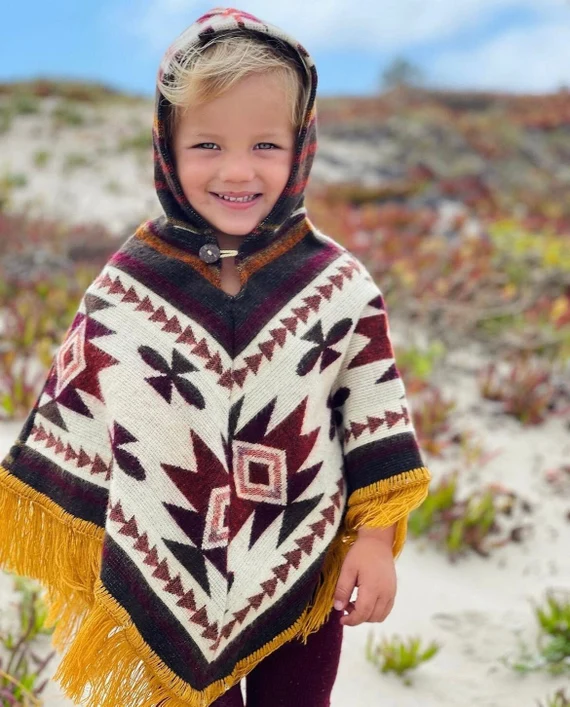
Dressing our children in culturally inspired clothing is not merely a fashion statement, but an invitation to a world brimming with history, values, and traditions. Whether it’s the intricate embroidery of a kurta or the vibrant hues of a dashiki, each garment serves as a tactile lesson in cultural awareness. Introducing these elements into your child’s wardrobe can be both a stylish endeavor and an enriching experience that extends beyond mere aesthetics. It paves the way for meaningful conversations about heritage and the beauty found in our world’s diverse tapestry of cultures. It’s an opportunity to educate while celebrating the richness that makes us uniquely us, yet beautifully interconnected.

